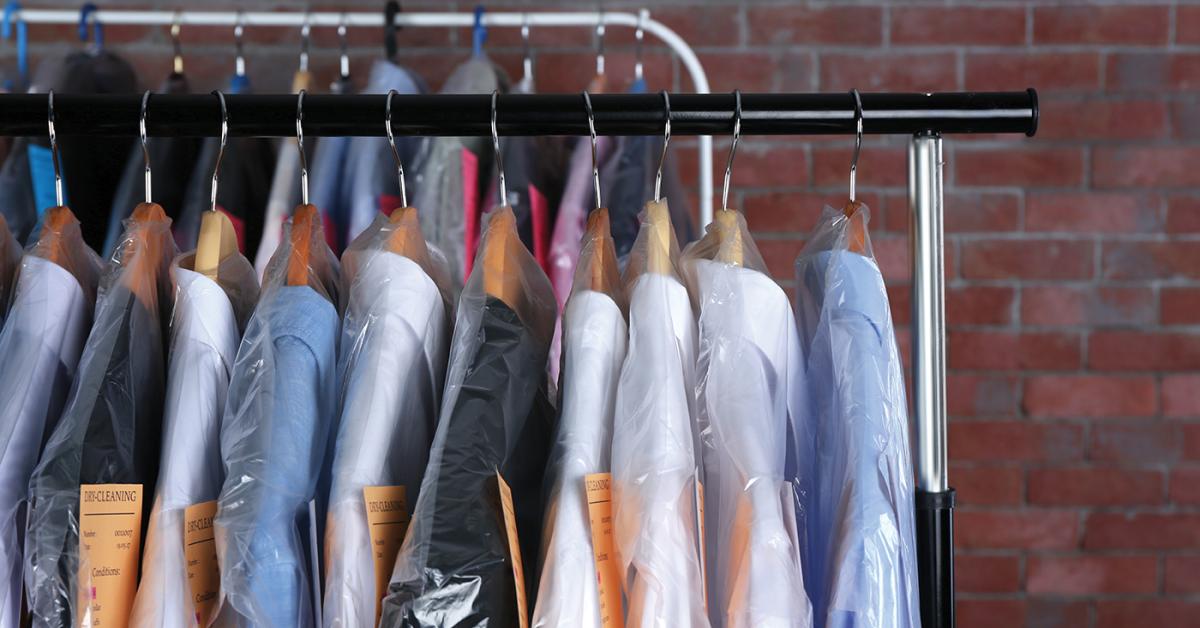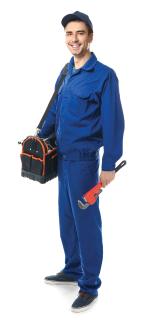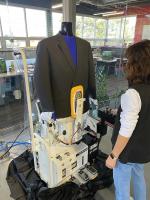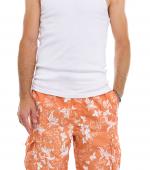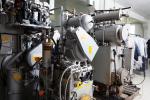CHICAGO — Where you are and who you serve are critical ideas when buying, adding to or upgrading the equipment in a drycleaning plant. What you need can vary greatly from cleaner to cleaner depending on the customers, climate and other factors.
In Part 1 of this series, we examined the role the physical climate in your geographic area plays in determining what type of equipment your business will need, and in Part 2, we looked at the needs of your customers. Today, we’ll conclude by exploring the demographic realities of your service area and what you’ll need to best serve those requirements.
What are the Demographics?
The other factor dry cleaners looking to start or expand their business should consider is the demographic makeup of their service area. Is the plant located in a rural, urban or suburban location?
“In general, in urban settings, you tend to see more sensitive fibers and garments coming in — such as silks, wools and designer brands — so your equipment and your formulations need to be set to properly process those types of garments,” says Christopher White, executive director of industry consulting and plant design firm America’s Best Cleaners (ABC). “People in rural settings tend to be a lot more flexible in the types of garments they bring in. You’re still going to see wools and silks, but not to the degree you’ll see them in the urban setting.”
Dry cleaners who operate in more remote areas might need to cultivate a broader menu for their clients.
“A rural cleaner often needs to provide more services because they might be the only garment care provider in a large region,” White says. “They might need to be more flexible and doing wash and fold or cleaning household items in their own facility, because outsourcing is just not feasible.”
The simple physical realities of space available also will determine what type of equipment is possible in a plant, and that is often magnified when comparing urban to rural businesses. says Vic Williams, Eastern sales manager of equipment manufacturer Union Dry Cleaning and the owner of Impressive Cleaners and Formal Wear in McDonough, Georgia.
“In a big city, sometimes it’s more difficult to put big machines into the space that’s available, so many people go with multiple smaller machines because the installation is easier,” he says. “In a rural plant, you’ve got more room, and you might even have a couple of big roll-up doors in the back, so installation is not a problem. In a city storefront, you might have to shut the road down and take apart your storefront to fit a big machine in.”
If there is a dominant industry in a cleaner’s service area, that will also affect the day-to-day processing the plant will undertake.
“In Alberta, Canada, the southern part, like Calgary, is pretty much a white- and blue-collar workforce,” White says. “But once you get north of Red Deer and Edmonton, most of the economy is built around the oil industry. So, in addition to regular retail dry cleaning, they perform a lot of heavyweight industrial coverall cleaning. These are Nomex® or cotton full-body coveralls that are covered in crude oil, salt or diatomaceous earth used in the industrial application.”
Seattle also faces this type of industry-specific work.
“The retail dry cleaners offer the diversity of offerings, including regular dry cleaning and wash-and-fold services,” White says, “but then they also take care of the waterproofed, storm weather gear for the people on the shipping boat fleets.”
And, if the industry is there to support it, dry cleaners can develop a niche of their own that can be of great help to their bottom line.
“In Louisville, Kentucky, we have an affiliate who not only offers regular retail dry cleaning but, because of the UPS and FedEx hubs, offers repair and refurbish for garments coming in from China and Asia,” White says. “They may have odor on them from the shipping containers, for example, where they need to be cleaned before they are sent out and distributed to the retail stores.”
Knowing their area, White says, allows these cleaners to not only serve their customers better but to make sure they have the machines they actually need to take care of the garments coming across the front counter.
“We’re seeing some big shifts in our industry, whether it’s from consolidation or post-pandemic client demands,” White says, “but you need to pay attention to equipment, processes and technology to best serve your customers.”
For Part 1 of this series, click HERE. For Part 2, click HERE.
Have a question or comment? E-mail our editor Dave Davis at [email protected].

